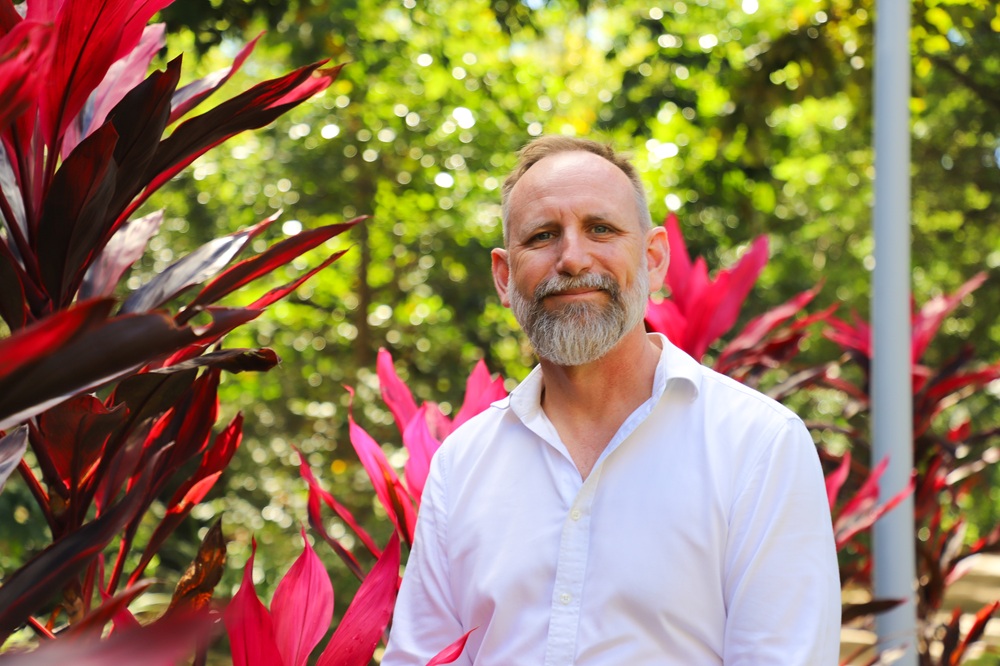I’ve learnt so much more in the course, complementing my current knowledge as a pharmacist.
“Even if I’m not doing a full consult, how I manage a patient at the counter is completely different because I’ve got so much more knowledge and clinical skills,” Ms Host told Australasian Pharmacy.
“Previously, I spent most of our day triaging people, trying to help them to a doctor or to the emergency department, often for simple things like ear infections, staph infections, shingles and dermatitis.”
Now she can consult, examine, manage, treat and refer on-the-spot for those conditions, after completing a trimester postgraduate, Graduate Certificate of Advanced Practice and Prescribing for Pharmacists, through James Cook University (JCU) in North Queensland.
Around 100 pharmacists have graduated from the course following a successful pilot program in Queensland, in 2023. Initially, the first half of training was overseen by the Queensland University of Technology and the second half by JCU; however, this year JCU has started offering the course in full.

The Head of Pharmacy at JCU, Associate Professor Dr John Smithson, explained training is much broader than just prescribing.
“It’s about training pharmacists to take a comprehensive health history, perform focused physical examinations, and use that information to develop a list of possible diagnoses, determine the most likely one, and collaborate with the patient to create an appropriate treatment plan.”
Prescribing may or may not occur, and pharmacists will still refer patients to a doctor or emergency department, Dr Smithson said.
It’s really about pharmacists contributing more to the primary care of people in their communities and doing so in a collaborative way.
Graduates are authorised to prescribe for approximately 20 conditions, including impetigo, otitis media and externa, psoriasis, dermatitis, asthma, chronic obstructive pulmonary disease, and hypertension. Their scope also includes preventive health consultations, such as cardiovascular risk reduction, and the provision of hormonal contraception.
Dr Smithson and his team are assisting State and Territory health services in the Northern Territory and Western Australia, to set up similar course work. Other states are also trialling pilot programs.
He is hopeful that training pharmacist prescribers in regional and remote areas will help reduce health inequities by strengthening primary care services, which are already under significant strain.
“Population distribution across regional and remote Australia is widespread, with significant distances between towns, making the delivery of health services both challenging and costly.
“We have a responsibility to work with existing primary care services to provide quality care for all Australians, no matter the geography.”
It’s a similar problem in New Zealand, where geographic isolation can lead to delays in accessing basic healthcare.
Dr Rhys Ponton, Specialisation Lead for Postgraduate Clinical Pharmacy Programmes at the University of Auckland, advocates for expanding pharmacist prescribing to better support those living out of the country’s main centres.

Currently, prescribing pharmacists can only do so in their area of clinical expertise – this can be any area of choice with pharmacist prescribers in diabetes, hypertension and pain management, while others work in highly specialised roles in opioid-use disorder, oncology or parenteral nutrition.
“Pharmacist prescribers cannot prescribe everything for everyone, but as a prescriber’s experience grows, it is important not to be too limited, particularly when we think of other professions, such as nurse practitioners, who can prescribe for a wide range of conditions.
“I am aware some pharmacists have pretty wide areas of practice, particularly those in general practice, opposed to those who may be working in a very specialised hospital unit.”
Dr Ponton points to the United Kingdom, where sweeping changes to pharmacy education are underway. From 2026, all newly registered pharmacists will be able to prescribe independently.
“I don’t want New Zealand to fall behind the UK… we need to keep expanding the role of pharmacist prescribing to alleviate pressure on general practice and other healthcare provider organisations.”
Listen
Dr John Smithson explains how the pharmacist prescriber course at James Cook University equips pharmacists with advanced clinical skills not only in prescribing, but in examining, managing and treating.









